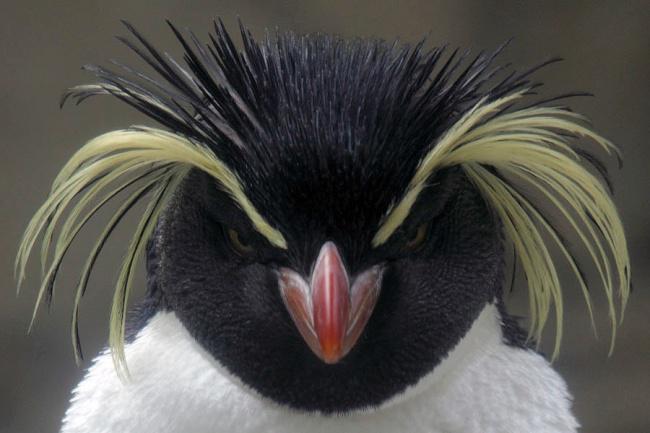

The Adélie female lays two eggs in mid-November, and both parents take care of them before they hatch. Their breeding season is one of the shortest of all the penguin species, and courtship is similarly brief, with a lot of flipper-waving and calls. Though Adélie penguins can dive to 175 meters (574 feet), they usually catch their meals near the surface.Īdélie penguins live in tightly-packed breeding colonies that number in the thousands, giving birth to chicks during the Southern Hemisphere summer, usually in December. They weigh from 3.6 to 6.0 kg (7.9 to 13.2 pounds), grow between 46 to 71 cm (18 to 28 inches) tall, and their preferred diet is fish and krill. There are an estimated 2.5 million breeding pairs of Adélie penguins in Antarctica. The most widely distributed penguin species in the world, Adélies are found on the northerly Antarctic pack ice during the winter and in the summer return to the continental coastline and Antarctic islands. And while they have a high survival rate, they're also the least common penguin: Only around 220,000 breeding pairs are alive today. Scientists think the adults take the chick to sea when food is plentiful so that it can learn to be independent.Įmperor penguins dive deeper and longer than any bird, reaching over 200 meters (700 feet) and staying underwater for up to 18 minutes. And when the sea ice starts to break up in December and January, the emperor penguin family heads out to sea. Once fed, he returns and helps the female rear the chick. He often has to trek up to 100 km (62 miles) over the ice to find food. When the female comes back in August, it's the male's turn to head out to sea and feed. During a nine-week period, the male fasts while keeping the egg warm, losing up to 45 percent of his body weight. The female lays a single egg, then passes it over to the male, who incubates it while she heads to sea to feed. Temperatures can plummet to -50 degrees Celsius (-58 degrees Fahrenheit) and winds reach speeds up to 200 kph (124 mph) during the emperor breeding period. Baby emperor penguin chicks are born between the end of July and the middle of August, but they're unable to explore the sea alone until January. Forming large colonies on the sea ice, emperor penguins rarely head north to sub-Antarctic waters.Įmperors are the only penguins (or any bird species) in the Antarctic that breeds during the winter. They live on crustaceans, squid, and fish, and are usually found in the Ross Sea and Weddell regions, especially Snow Hill Island. It helps that they're also the largest: Emperor penguins grow up to 122 cm tall (48 inches) and weigh 22 to 45 kg (49 to 99 pounds). Of all the penguin species on the planet, emperor penguins may be the most emblematic. By the time you embark on one of our adventurous Antarctica cruises, you will be fully equipped to identify and discuss any of the eight great penguin species you might encounter.Īlso, don’t miss our penguin “bird call” video at the end! Here we’ll give you the key information on all of them. Of these eight types of penguin, two live exclusively on the Antarctic Continent (emperor penguins and Adélie penguins), three live in both northern Antarctica and the sub-Antarctic islands (chinstraps, macaronis, and gentoos), and three species of penguin reside exclusively in the sub-Antarctic (rockhoppers, Megallanics, and kings). These are the core species we tend to see on our expedition cruises.


There are 17 species of penguin on the planet, but the eight you’ll most likely recognize live in Antarctica, its nearby islands, and the sub-Antarctic archipelagos of South Georgia and the Falklands. Penguin species from Antarctica to the Falklands


 0 kommentar(er)
0 kommentar(er)
